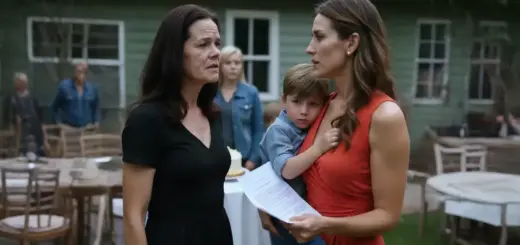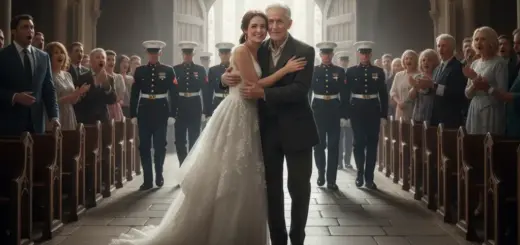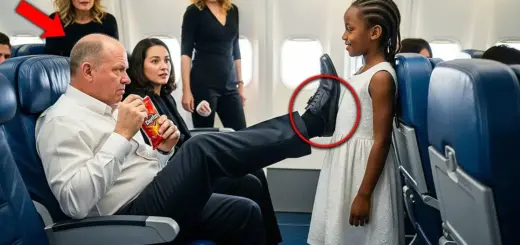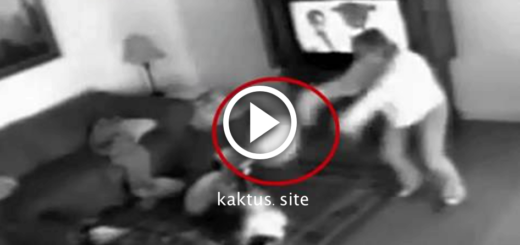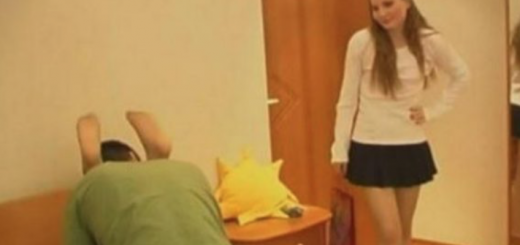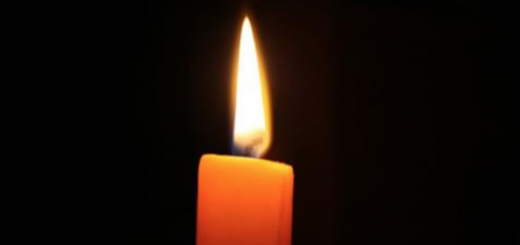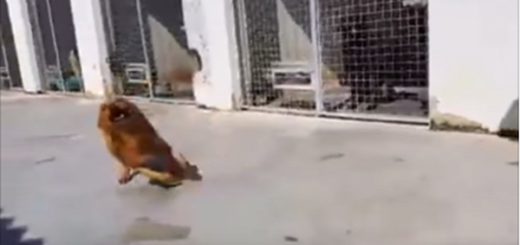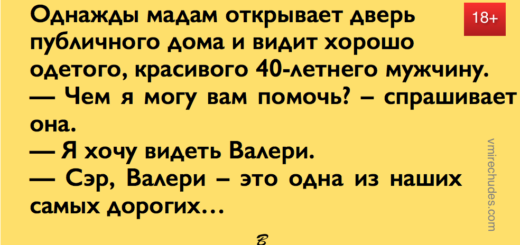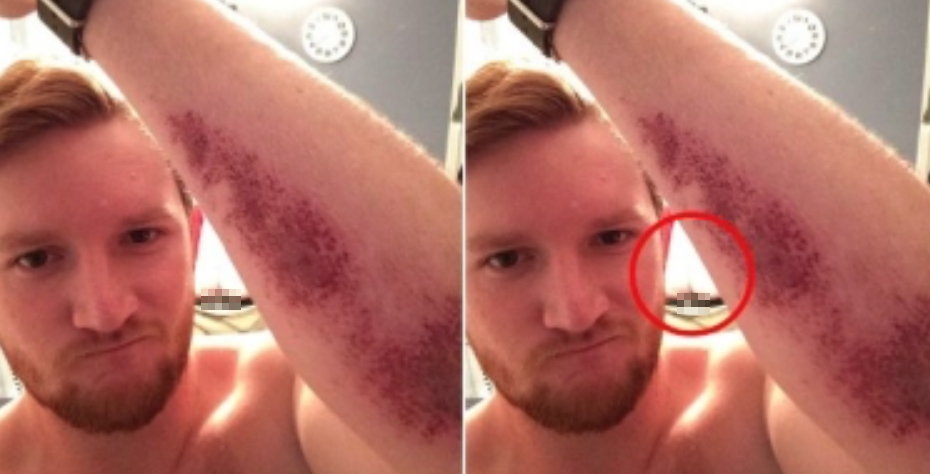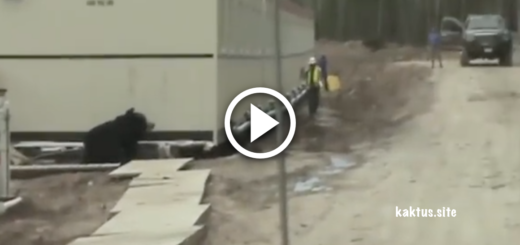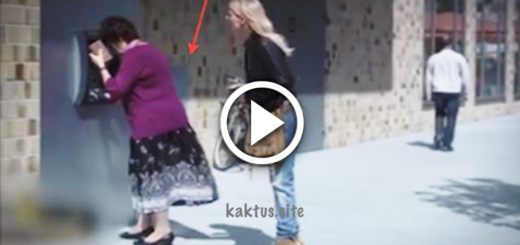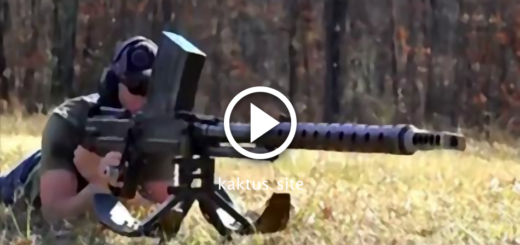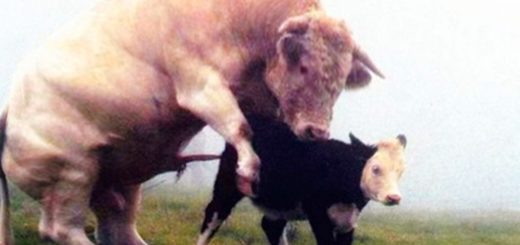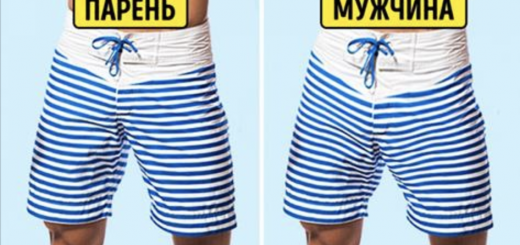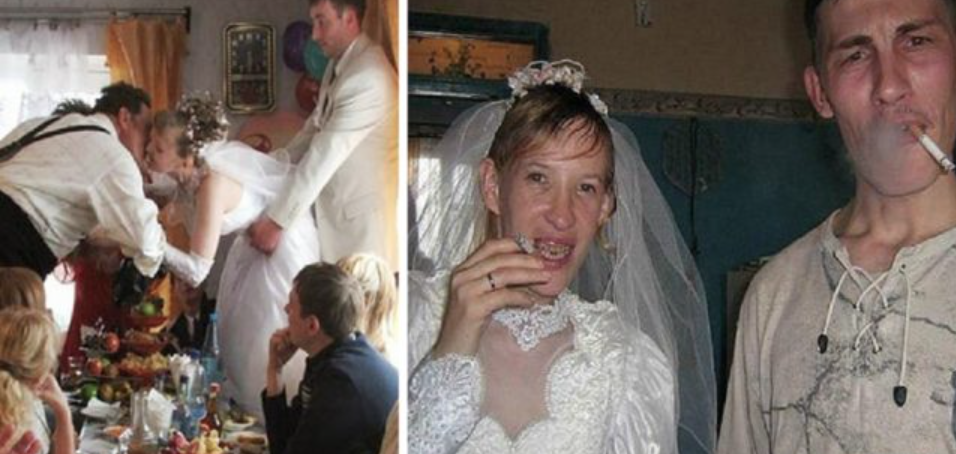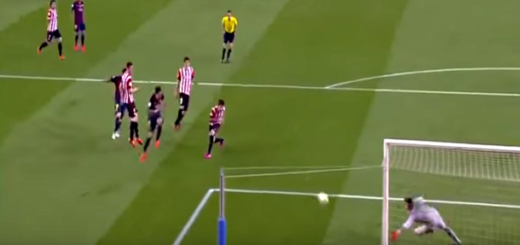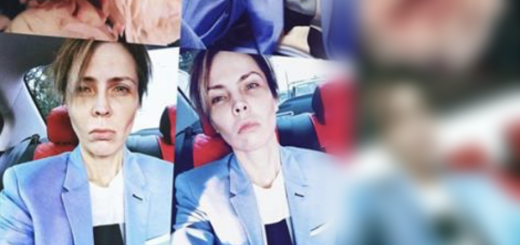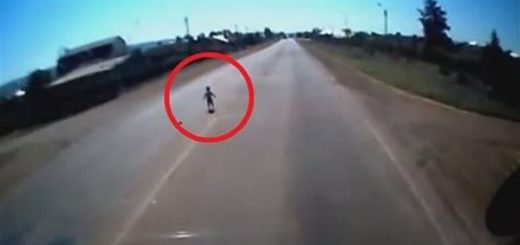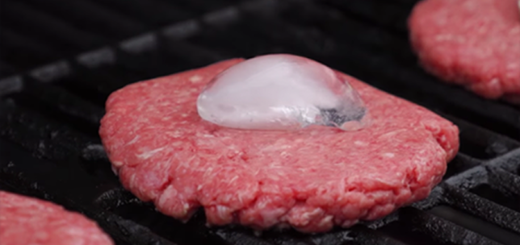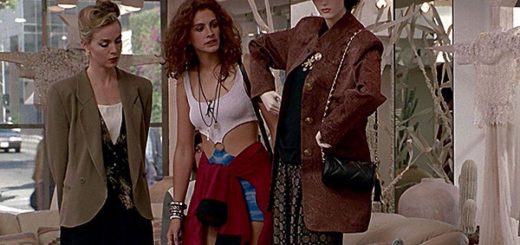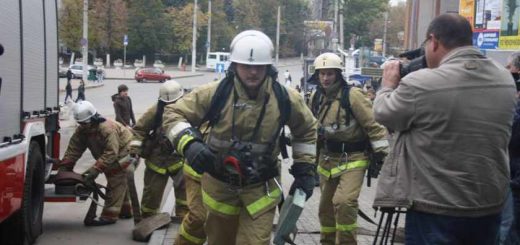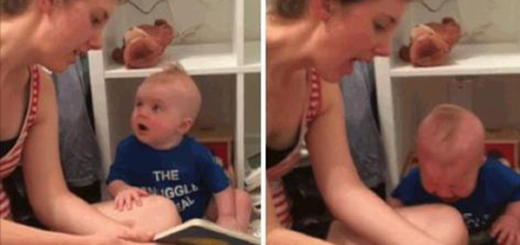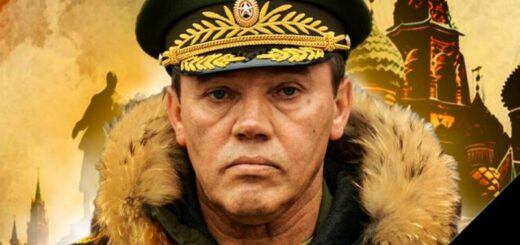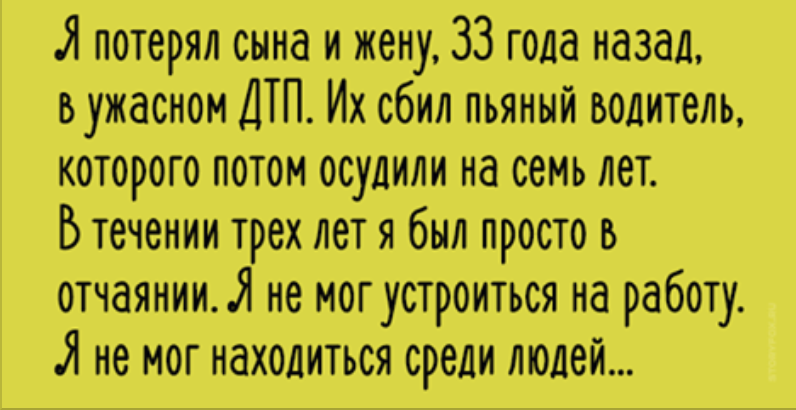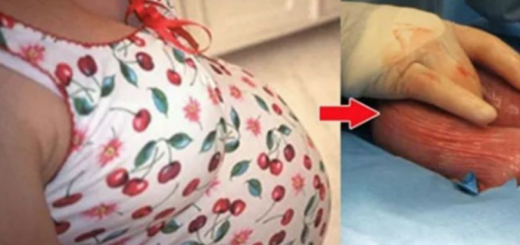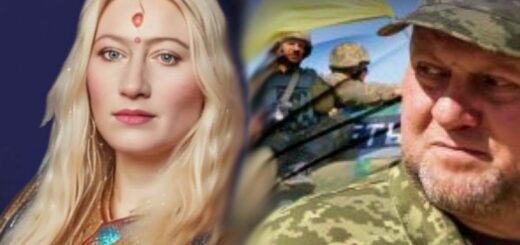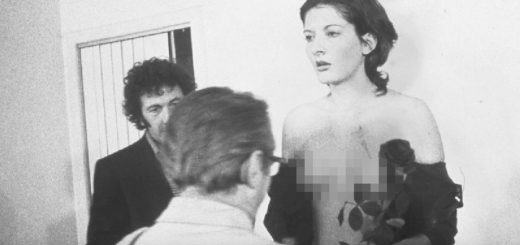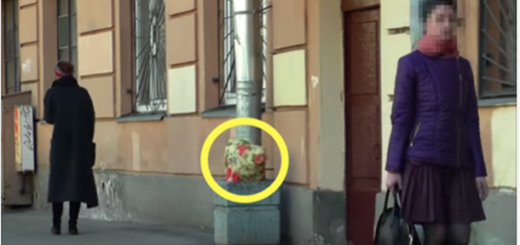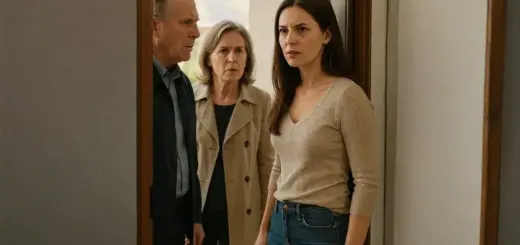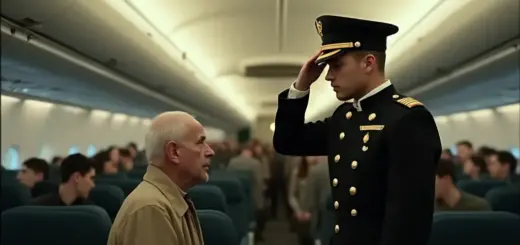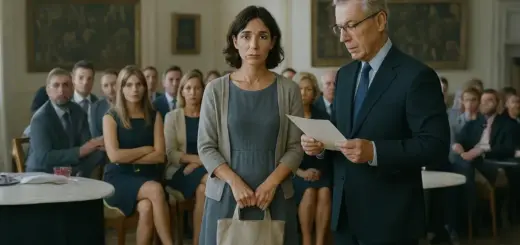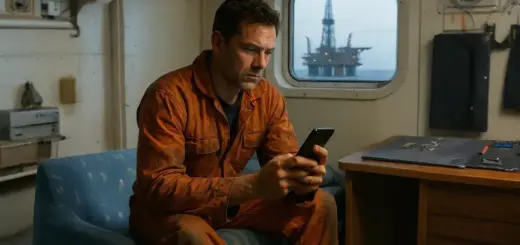He materialized in the hours before sunrise, a shadow moving with a mop long before the first candidates arrived to chase their ambitions. With his hoodie pulled low and his gaze fixed on the floor, he was a fixture of the facility, as unremarkable as the scent of disinfectant and old sweat. He remained part of the background, a ghost in gray coveralls, until a single moment shattered the illusion.
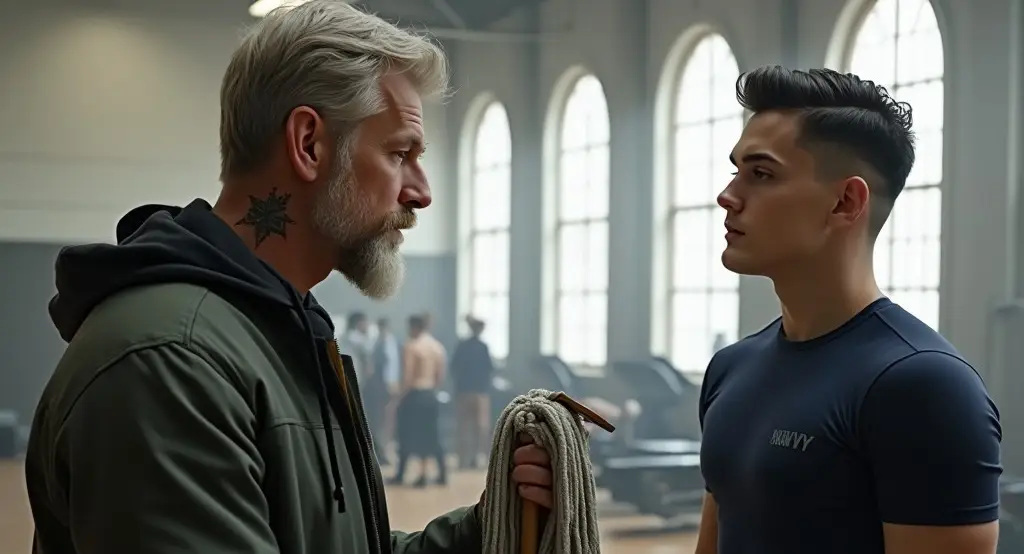
One morning, a young SEAL prospect named Miller, gasping for air, bent to retie the lace of his boot and his motion faltered. He froze. There, just visible beneath the frayed collar of the old man’s hoodie, was a tattoo. It was a faint mark on weathered skin, an emblem nearly erased by time and sun, the kind of ink that belonged to a very specific brotherhood of men, a brand earned only by surviving the sort of hell that legends are built on and no one ever speaks of.
His name was a mystery. The official duty roster, clipped to a board in the supervisor’s office, simply identified him as «Maintenance, Civilian Contractor.» His daily attire never varied: drab gray coveralls, a navy-blue hooded sweatshirt pulled over them, and work boots so scuffed they seemed permanently stained by the red desert dust of some forgotten landscape. His arrival at 0430 was a constant, a predictable event more reliable than the tides. He was always there before the cadre of instructors, and always before the hopeful recruits began to trickle in.
No one had ever witnessed his arrival. It was as if he simply willed himself into existence within the gym’s walls, already at work emptying trash receptacles, wiping down equipment still warm from the previous day’s punishment, and polishing the large mirrors that would soon reflect the agony of others. He never initiated conversation. When addressed directly, his responses were clipped, functional, and devoid of warmth.
— Morning.
— Copy that.
— It’s all yours.
The training facility on the SEAL compound was nothing like a commercial fitness center. There was no booming music, no chrome-plated machinery designed for aesthetics. This place was a temple of attrition. It was a sacred space where every man who crossed the threshold understood a fundamental truth: the iron promised pain, and pain was the price of transformation. The air was thick with the sounds of strained grunts, the percussive clash of weight plates, and the unspoken language of pure discipline.
Here, candidates were driven through brutal circuits until their palms tore and their muscles screamed for mercy, only for the instructors to demand more, pushing them beyond limits the civilian mind could scarcely fathom. And yet, every single day, before the symphony of chalk, steel, and suffering began, the silent custodian was there. Mopping, sweeping, restocking, and then, like a phantom, he would vanish. The younger men, their minds consumed with the singular goal of surviving the next evolution, rarely afforded him a second glance.
But some of the more seasoned instructors, veterans of conflicts past, had started to notice peculiar details. They saw the way he folded the hand towels, each one a perfect, tight military roll. They observed how he organized the weight plates, not merely by their size, but meticulously balanced by their poundage on each side of the rack. Most telling was the way his eyes would occasionally drift to the reflection of the new recruits in the mirror.
It was never a stare, but a subtle, sweeping observation—the practiced, economical scan of a man assessing a landscape for threats and weaknesses. He never wore headphones, was never seen with a phone, and while his posture suggested the stiffness of age, something about his physicality was dissonant. His knees never popped or cracked when he knelt to clean a spill. His hands remained steady, without a tremor. And on the rare occasion he needed to shift a 45-pound barbell from one station to another, he did so with a grip that had clearly lost none of its crushing strength over the decades.

